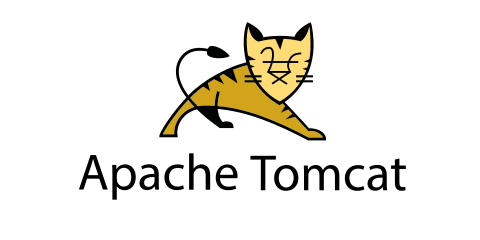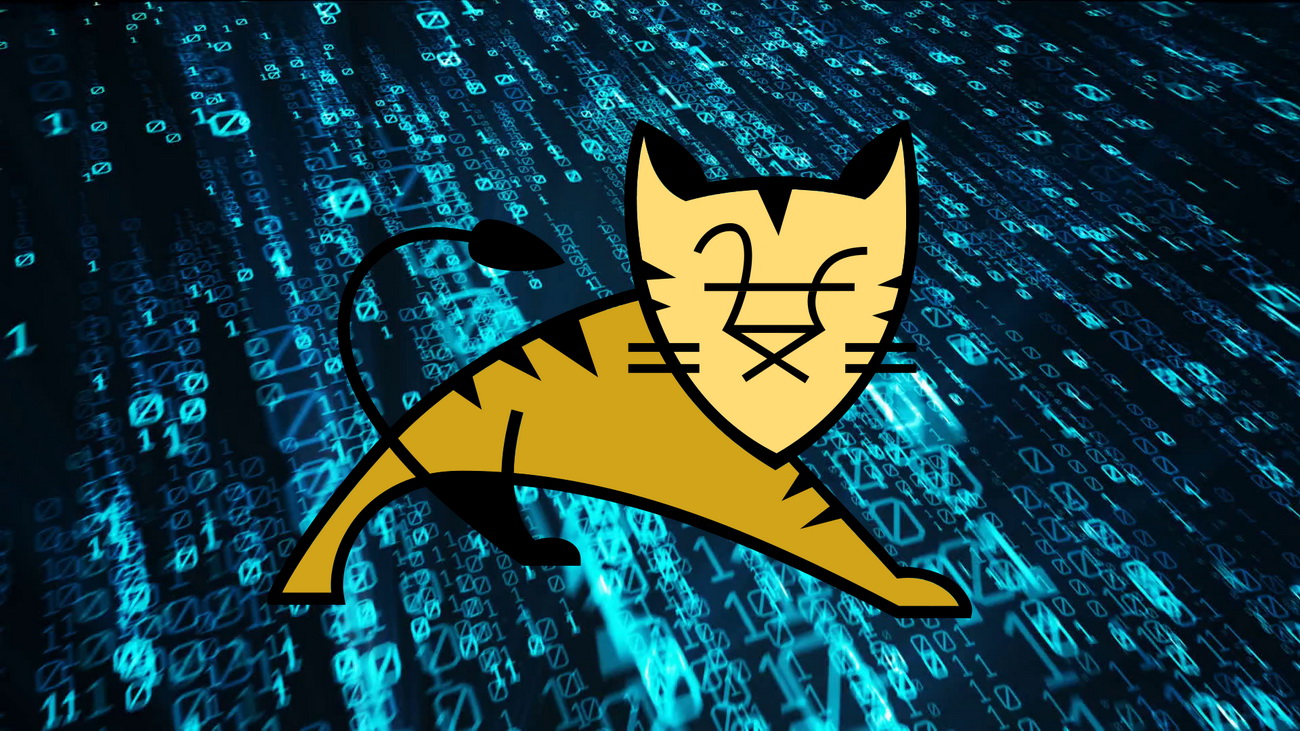

Tomcat also contains the Coyote web server. As the developer, you write the servlet or JSP page, define rules for the requests and responses, then let Tomcat handle the routing.

#ORG APACHE TOMCAT CODE#
A Java (or Jakarta) servlet defines endpoints for HTTP requests and routes them to business logic code for handling.A Java enterprise application server is a full-blown implementation of the Jakarta EE specification.Īt heart, Tomcat is a servlet and JSP container:.A web server is a server designed to serve files from the local system, like Apache.A servlet container is an implementation of the Jakarta Servlet specification, used primarily for hosting servlets.The Java ecosystem supports several kinds of application server: You'll get an overview of Tomcat and how it's used, installation instructions, and a brief guide to the four ways to deploy a Java application using Tomcat. In this short introduction, you'll learn why many developers choose Tomcat for running Java web applications. The most current version as of this writing is Tomcat 10.0.23. All versions from Tomcat 10 forward support the package name change to jakarta.*. Like other Java enterprise tools, Tomcat has migrated from the original Java EE specification to Jakarta EE. Tomcat 9 and earlier were based on Java EE Tomcat 10 and later are based on Jakarta EE. Today, it remains the most widely used Java application server, boasting a well-tested and proven core engine with good extensibility. Tomcat started as the reference implementation for the original Java Servlet API and JavaServer Pages specification.
#ORG APACHE TOMCAT SOFTWARE#
Tomcat was first released by the Apache Software Foundation in 1998, just four years after Java itself. Apache Tomcat is a long-lived, open source Java servlet container that implements core Java enterprise (now Jakarta EE) specifications, including the Jakarta Servlet, Jakarta Server Pages, and Jakarta WebSocket specs.


 0 kommentar(er)
0 kommentar(er)
